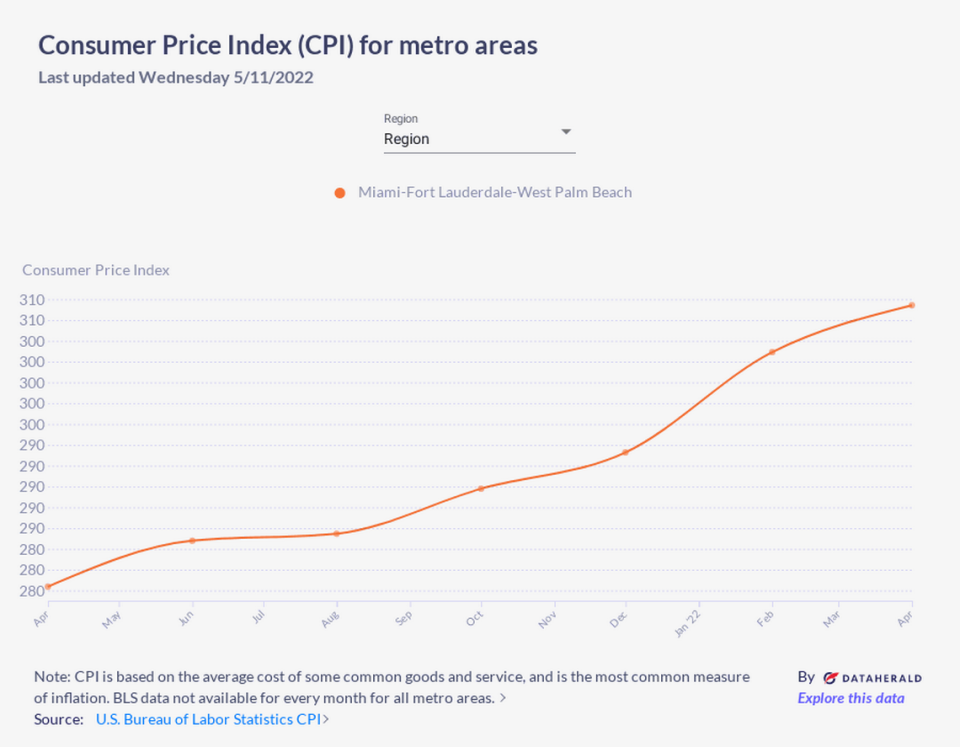Core consumer inflation may have peaked, but annual price hikes still way above Fed’s target
The high price of gasoline doesn’t really matter to the Federal Reserve’s fight against inflation.
That’s the stark reality as American drivers face $5 a gallon gasoline and investors become convinced a recession is close, if not already here.
The central bank is essentially helpless in the effort to bring down energy prices. Russia’s war in Ukraine, high demand and stagnant oil production are immune to the Fed raising interest rates to attack inflation. That’s why even though total inflation will continue to be painfully high, the Fed’s focus will be on core inflation when the May Personal Consumption Expenditure data is released this week.
The personal consumption data is the Fed’s favored inflation barometer, since the core figure ignores volatility in food and energy prices. Of course, consumers can’t ignore the cost of eating, and buying gasoline. Still, the core data offers a more refined look at pricing trends which the Fed thinks better tells the story of underlying changes. The core data also is what the bankers are watching to see evidence of how their aggressive interest rate hikes on mortgages and other loans are affecting the economy.
In April, core personal consumption had slowed slightly to 4.9%. The May statistics will be released Thursday.

No matter the number, the Federal Reserve will remain solely focused on half of its dual mandate — price stability. With unemployment historically low, the bank must raise interest rates to tackle inflation and retain its credibility among investors and consumers.
Economist and author Andy Busch has noted the economy is undergoing dual monetary tightening to address inflation: the Fed’s interest rate boosts and the central bank reducing its balance sheet by no longer buying government and mortgage-backed bonds. It’s sobering economic medicine administered in fast fashion.
Core consumer inflation figures could fall, but it won’t curtail the central bank from making further interest rate increases the rest of 2022.
“We anticipate that ongoing rate increases will be appropriate,” Fed Chair Jerome Powell told the Senate Banking Committee last week. Earlier in June, after endorsing the largest single rate hike since 1994 — three-quarters of 1% — Powell reiterated the bank’s commitment to an inflation rate of 2%. Last month, the annual U.S. inflation rate was 8.6%.
While May’s core Personal Consumption Expenditure data may show inflation is ebbing, consumers won’t notice and the Fed’s target inflation destination remains way off.
Tom Hudson hosts ‘The Sunshine Economy’ on WLRN-FM, where he is the vice president of news. Twitter: @HudsonsView

